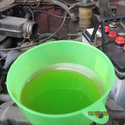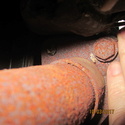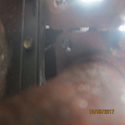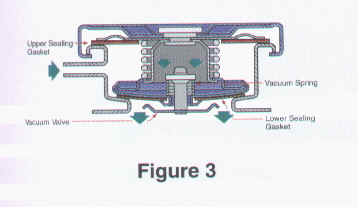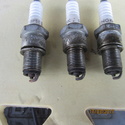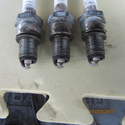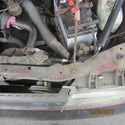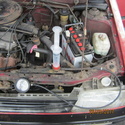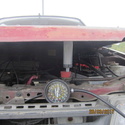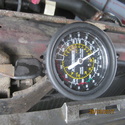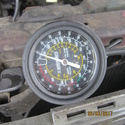Originally Posted By: mk378
Not necessarily. It should say "DO NOT ADD WATER" somewhere on it. Even where I can read all the words, the difference isn't always super clear. You could also test it with a hydrometer.
If you fill up with 100% concentrate and then get on the freeway, you're going to have a bad time.
I'll try and check. Actually quite hard to find the SG of 100% ethylene glycol (assuming that's what it is).
According to
ww.alfaowner.com/Forum/alfa-gtv-andamp-916-spider/157080-specific-gravity-of-ethylene-glycol-coolant.html
“Looking at Texaco spec sheets, raw is about 1.12SG at 15.6 deg C. Is the SG scales relationship with temperature linear? Temperature compensated to 20deg C”
http://www.newtonnet.co.uk/coupe/service/webtech/iindex.asp@id=12106
Shows 50% EG at 20C as 1.082
I have a battery hydrometer I bought when I was recently in the UK. Havn’t used it yet, and don't have it handy but
http://www.freeasestudyguides.com/battery-specific-gravity-test.html
shows the reading range of a battery acid hydrometer as 1.1 to 1.3
So if its in the reading range, its concentrate, and if its below the reading range its probably diluted.
Not necessarily. It should say "DO NOT ADD WATER" somewhere on it. Even where I can read all the words, the difference isn't always super clear. You could also test it with a hydrometer.
If you fill up with 100% concentrate and then get on the freeway, you're going to have a bad time.
I'll try and check. Actually quite hard to find the SG of 100% ethylene glycol (assuming that's what it is).
According to
ww.alfaowner.com/Forum/alfa-gtv-andamp-916-spider/157080-specific-gravity-of-ethylene-glycol-coolant.html
“Looking at Texaco spec sheets, raw is about 1.12SG at 15.6 deg C. Is the SG scales relationship with temperature linear? Temperature compensated to 20deg C”
http://www.newtonnet.co.uk/coupe/service/webtech/iindex.asp@id=12106
Shows 50% EG at 20C as 1.082
I have a battery hydrometer I bought when I was recently in the UK. Havn’t used it yet, and don't have it handy but
http://www.freeasestudyguides.com/battery-specific-gravity-test.html
shows the reading range of a battery acid hydrometer as 1.1 to 1.3
So if its in the reading range, its concentrate, and if its below the reading range its probably diluted.
Last edited:

